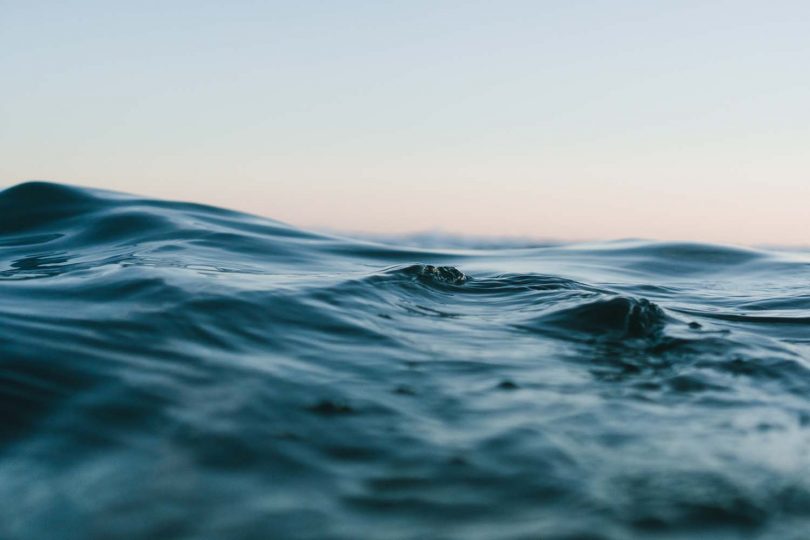The Wim Hof Method, taking ice baths, cold showers, bathing in the sea, doing open water swimming and rhythmical breathing techniques have peaked in popularity since last year.Sedentary lifestyles, artificial lights, too much comfort and working long hours are bad for us but most of us will agree that a warm bath may be a more obvious form of self-care when we are tired than cold-water immersion activities, neither does exposing our body to sub-zero temperatures sound like the best way to boost our health.
Studies, however, show cold water therapy can:
- Reduce stress,
- Support the immune system,
- Improve the lymphatic system
- Kickstart a sluggish metabolism
- Support the body’s natural healing powers
- Release endorphins and oxygenate our cells and
- Increases alertness.
Not only does cold water therapy reduce muscle soreness, boost the immune system and increase energy levels, it is also vital in reducing inflammation. Think about how you put an ice pack on a twisted ankle to reduce swelling and bruising. In the same way, cold water therapy can reduce inflammation across the whole body in places and ways you didn’t even know were affected. At the same time several studies show cold therapy can reduce the symptoms of various mental health conditions such as anxiety and depression.
One study that followed swimmers who regularly immersed themselves in cold water found that there was a significant reduction in levels of fatigue, stress and an improvement in memory and mood compared to a control group. The shock of an icy shower or cold-water dip can also kickstart your fight-or-flight response and boost levels of dopamine, the happy hormone. Sounds too good to be true? Keen to give it a go? Then read my story of how I got into a “Cold water love affair”.
Main photo by Matt Hardy on Unsplash





Leave a Comment